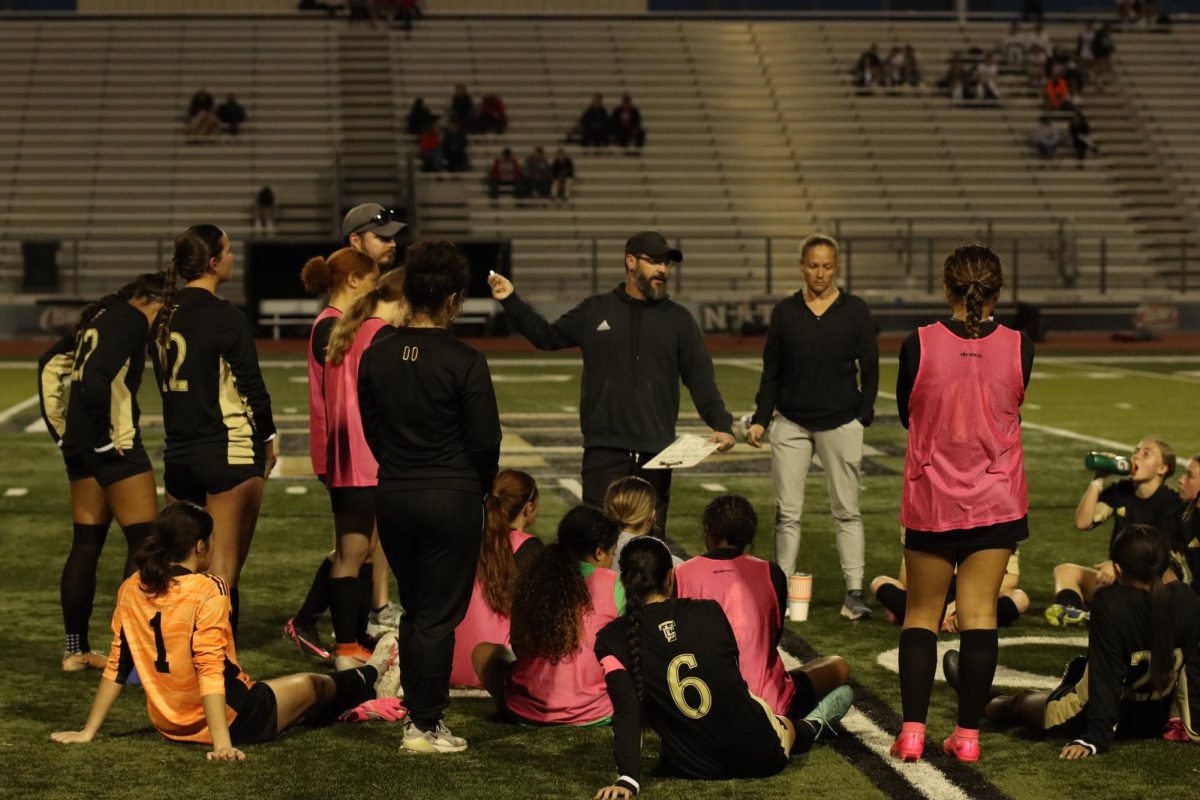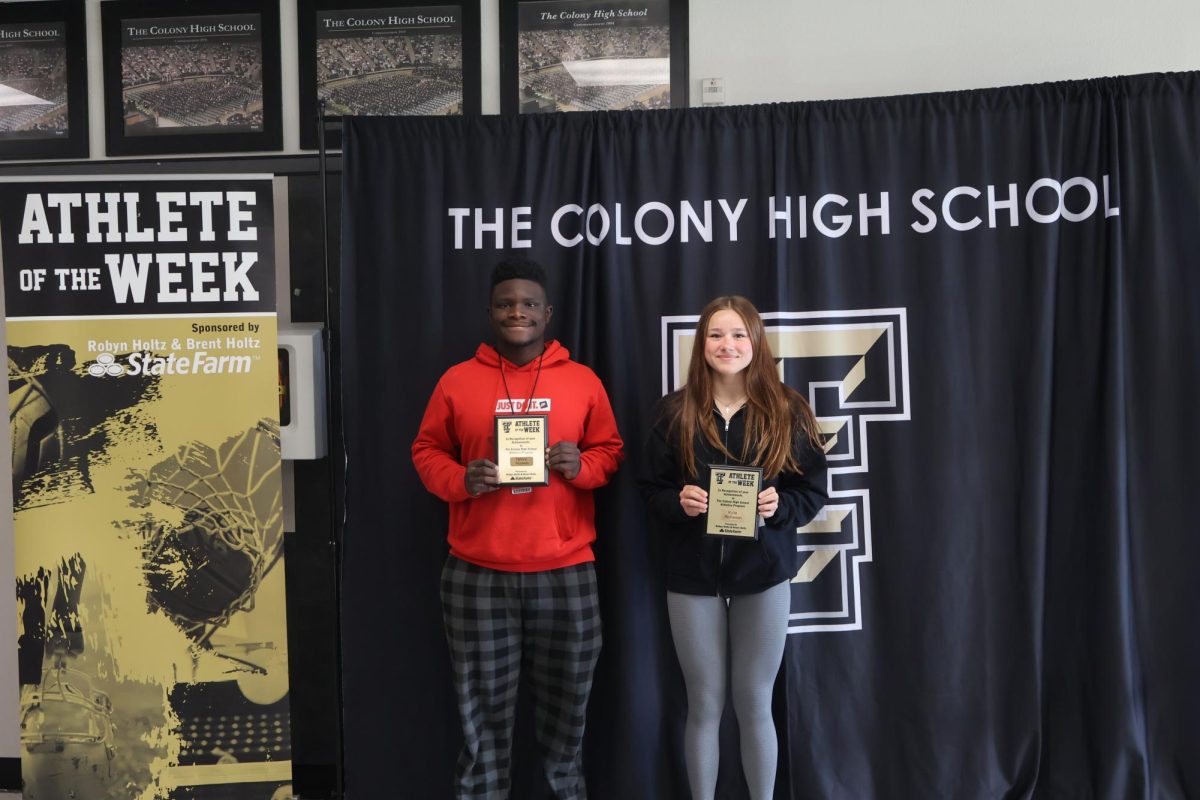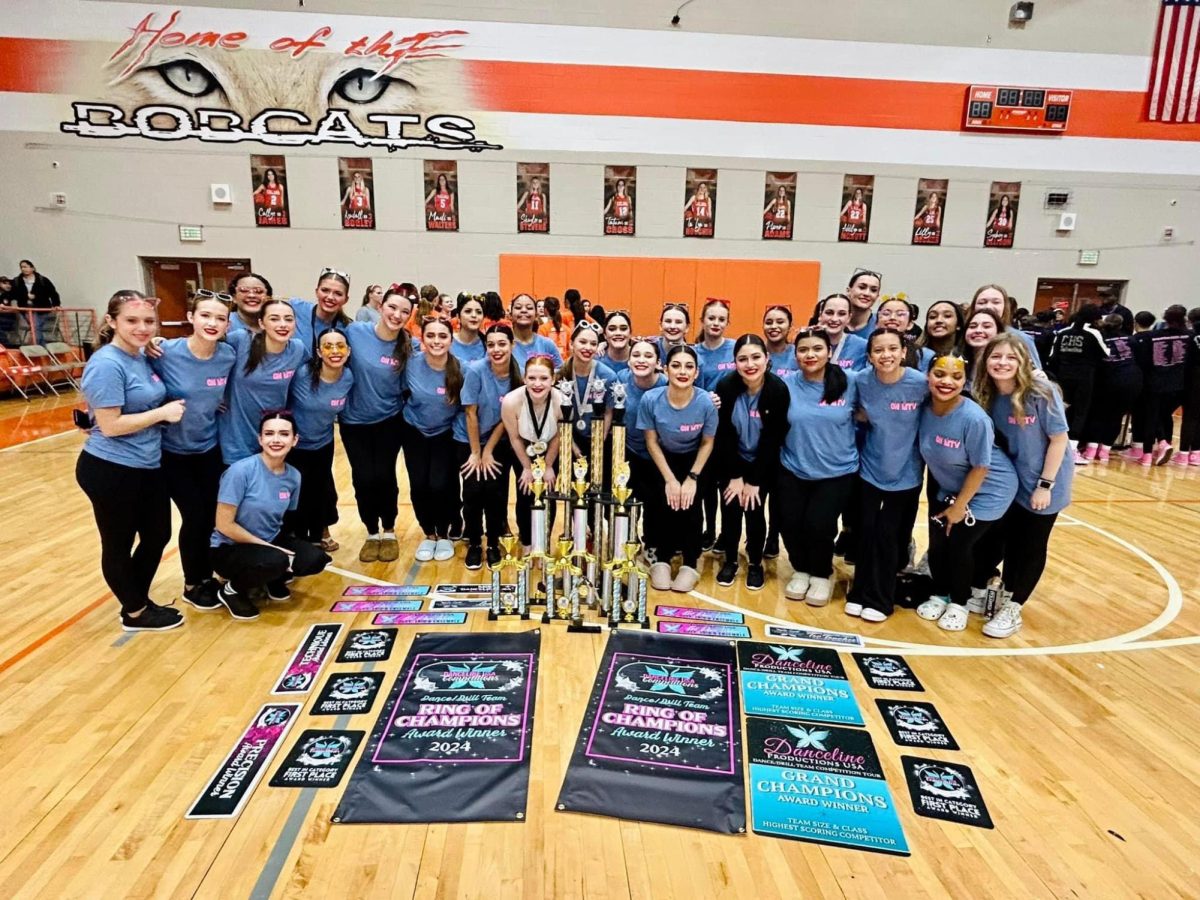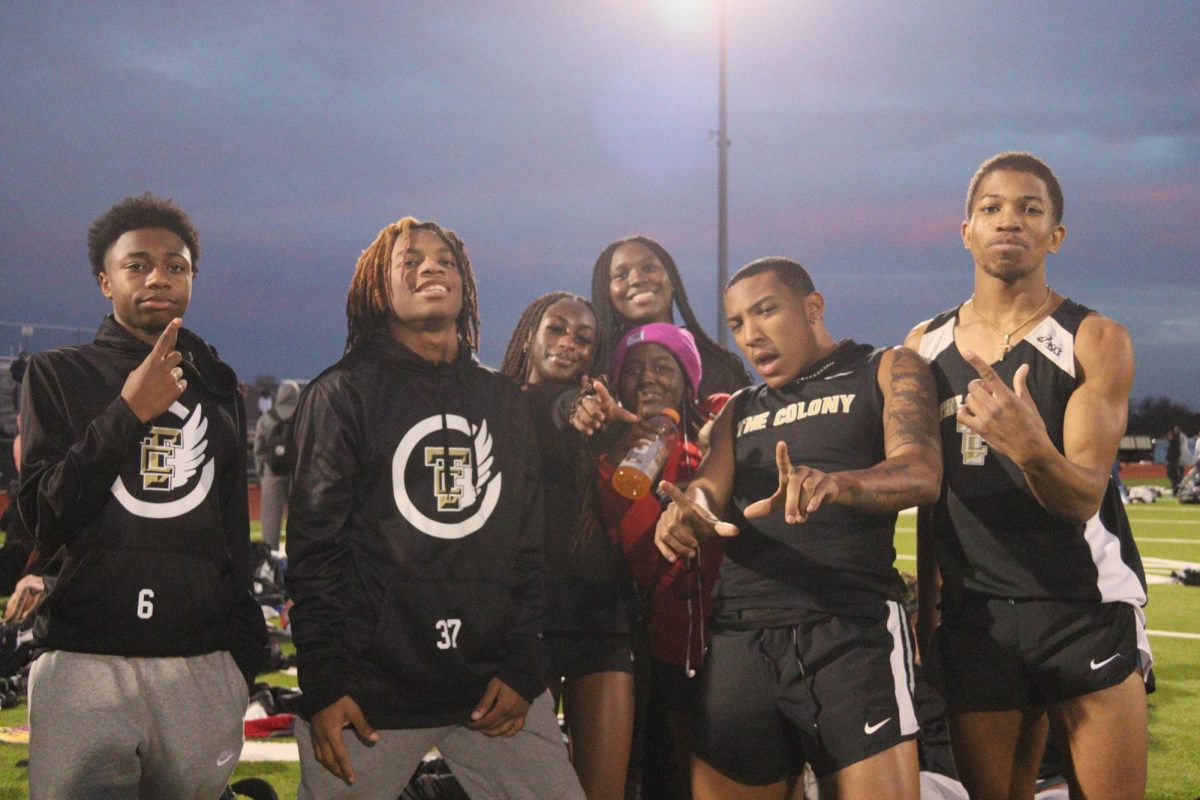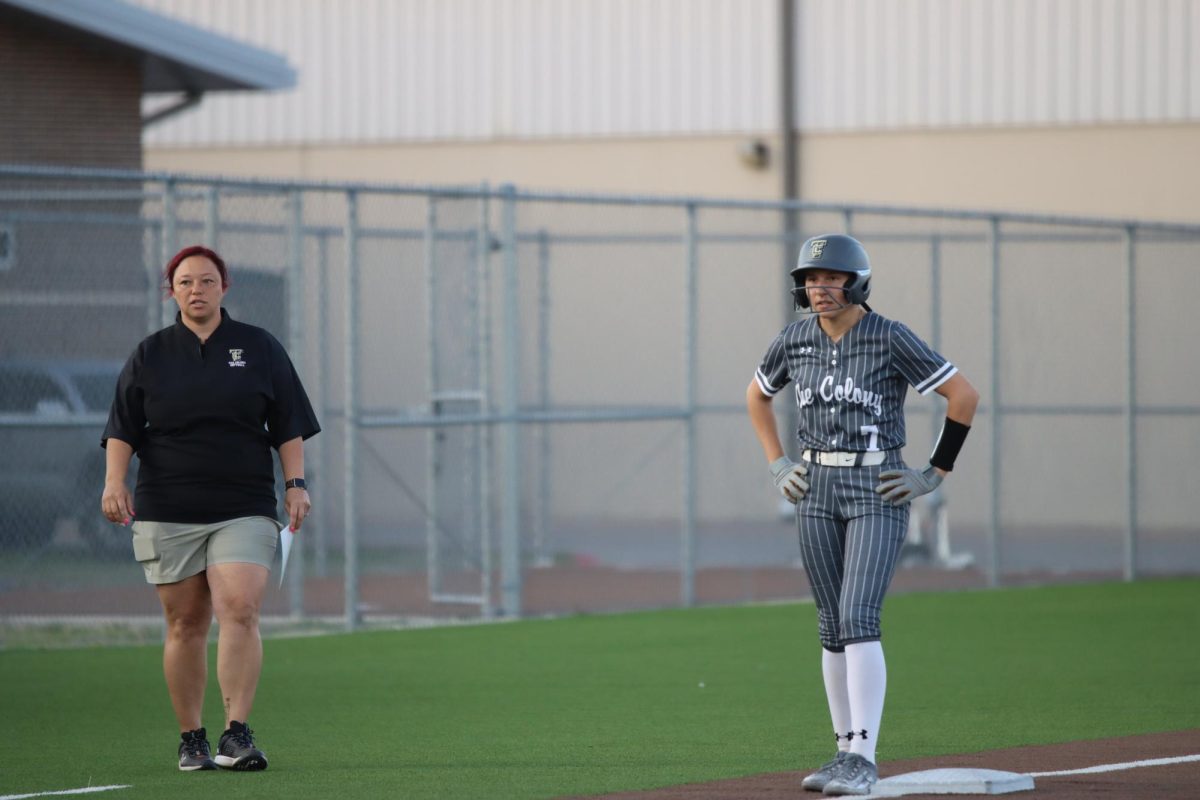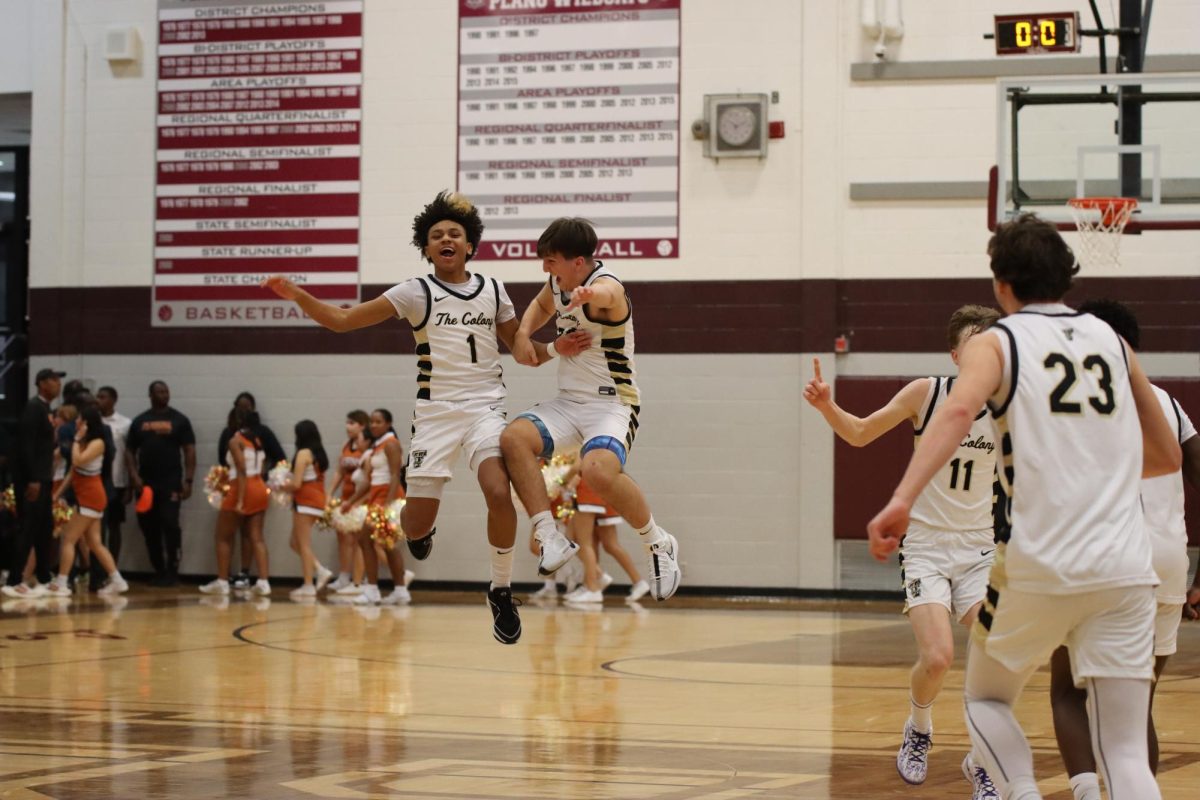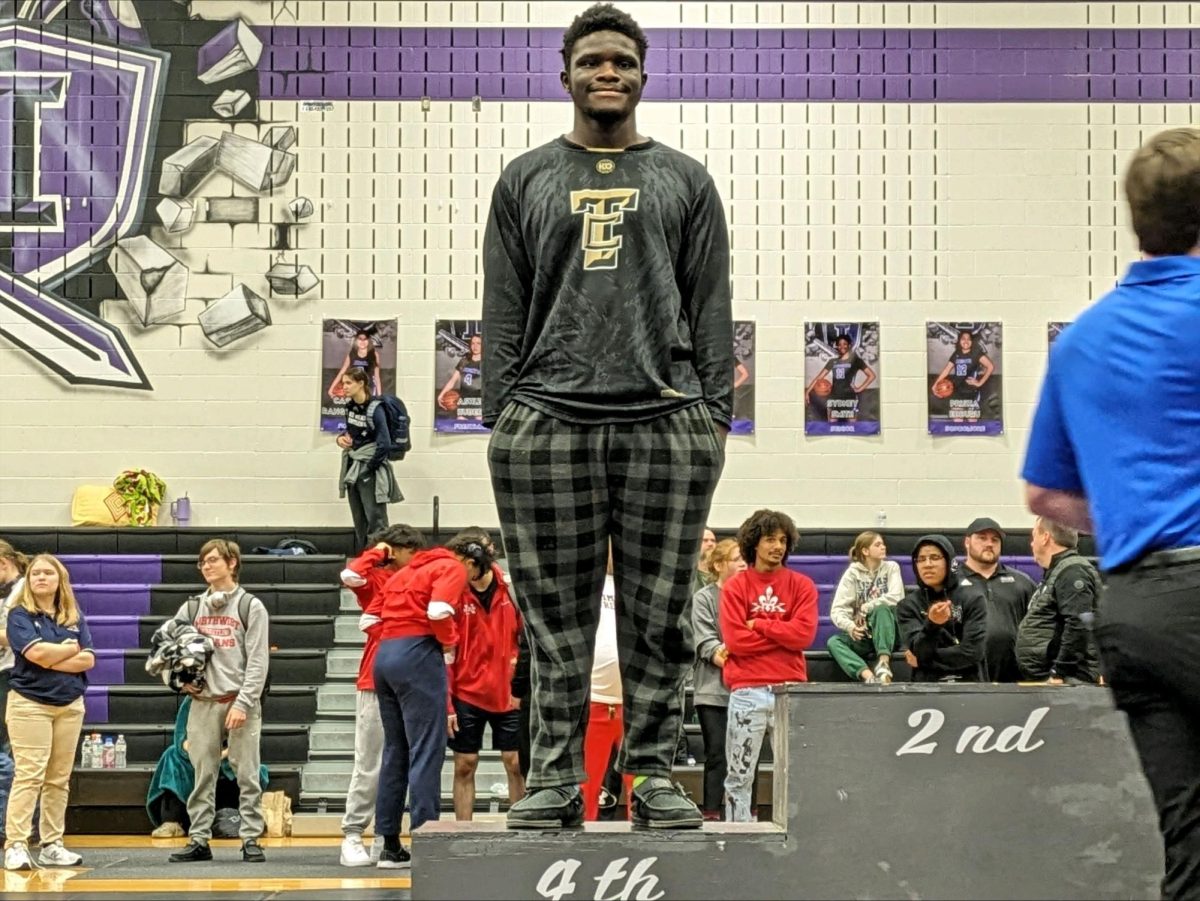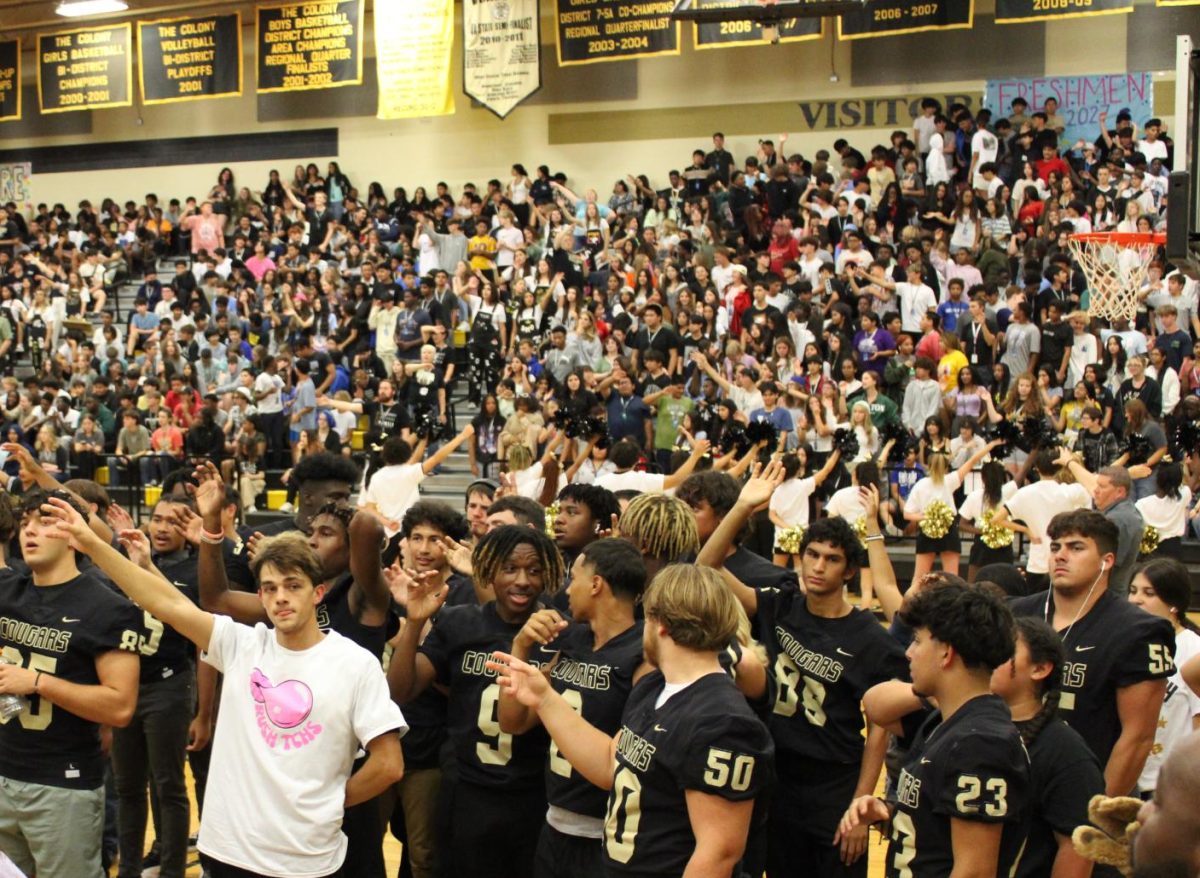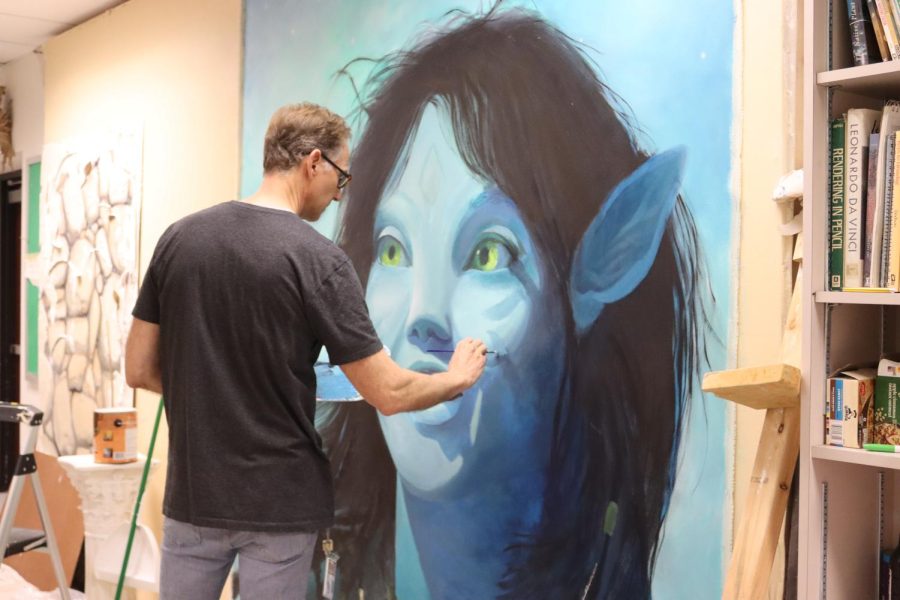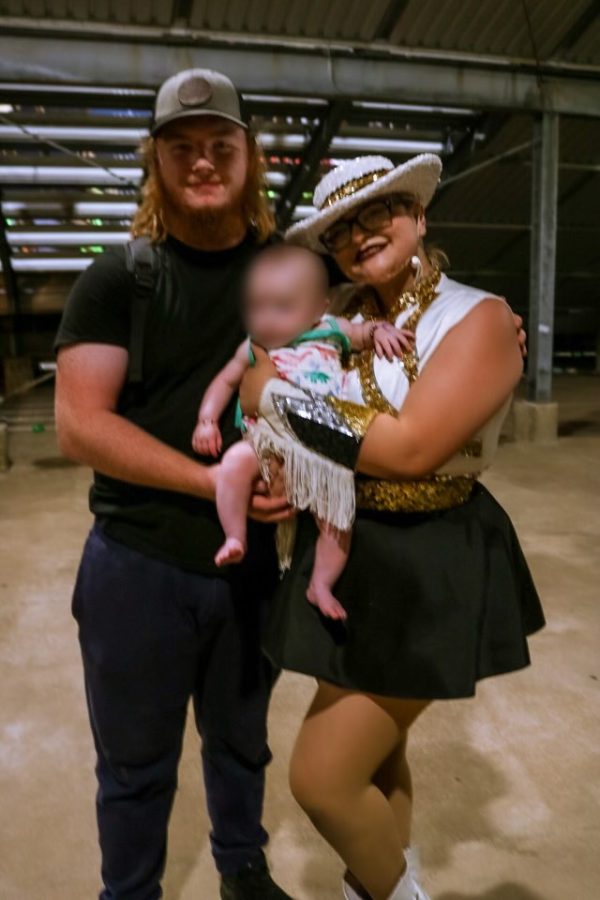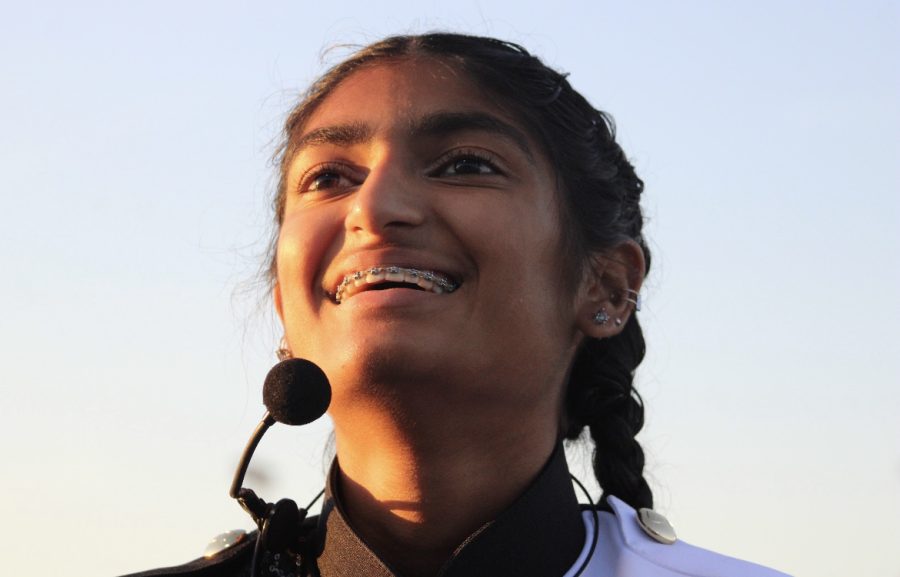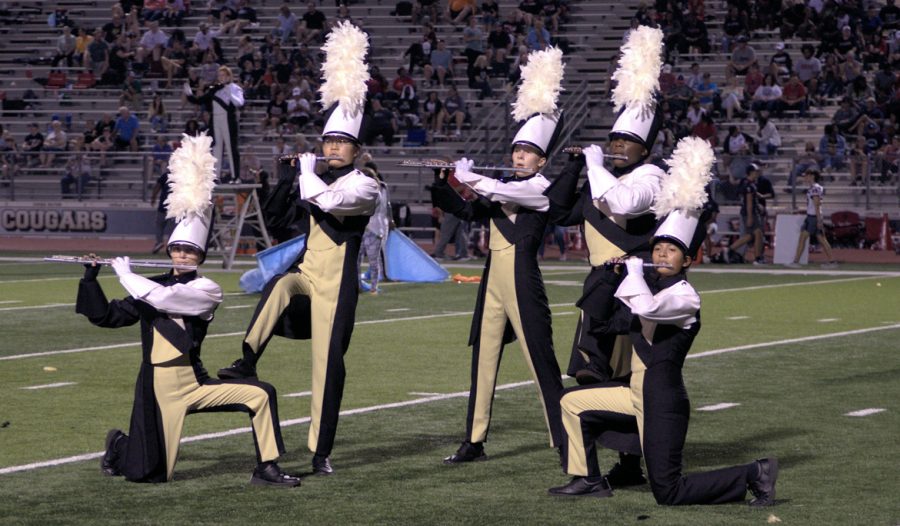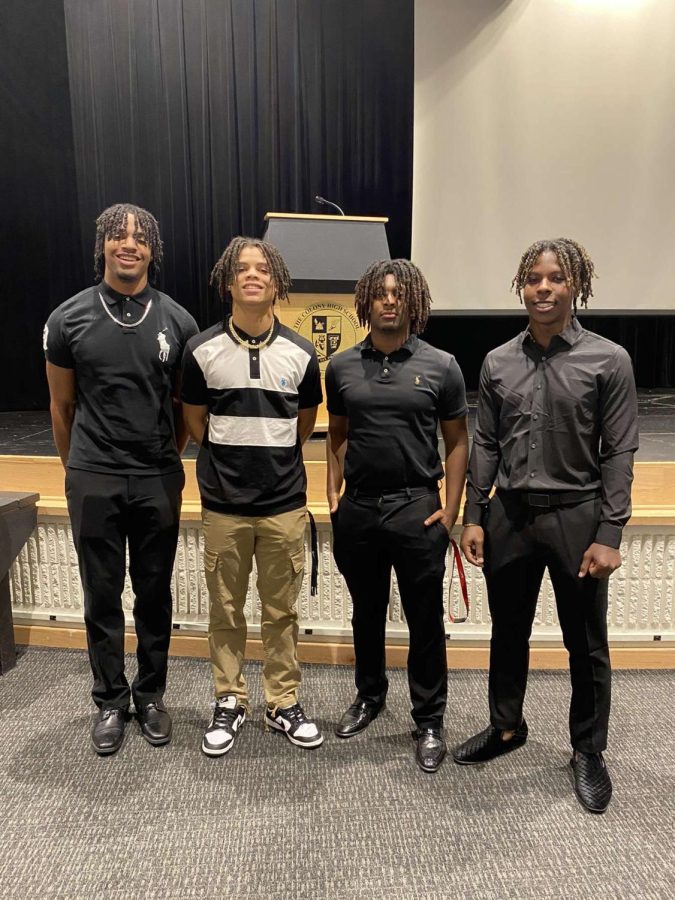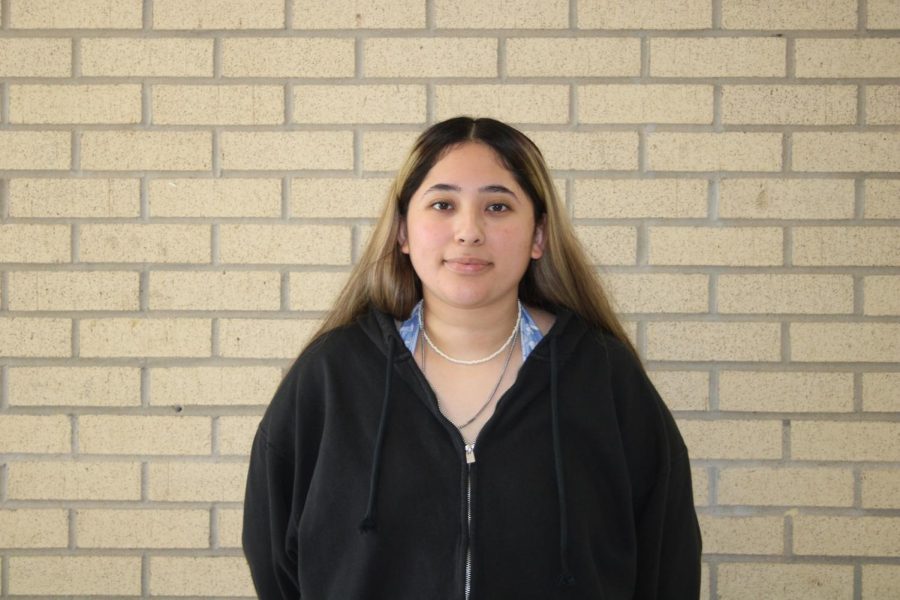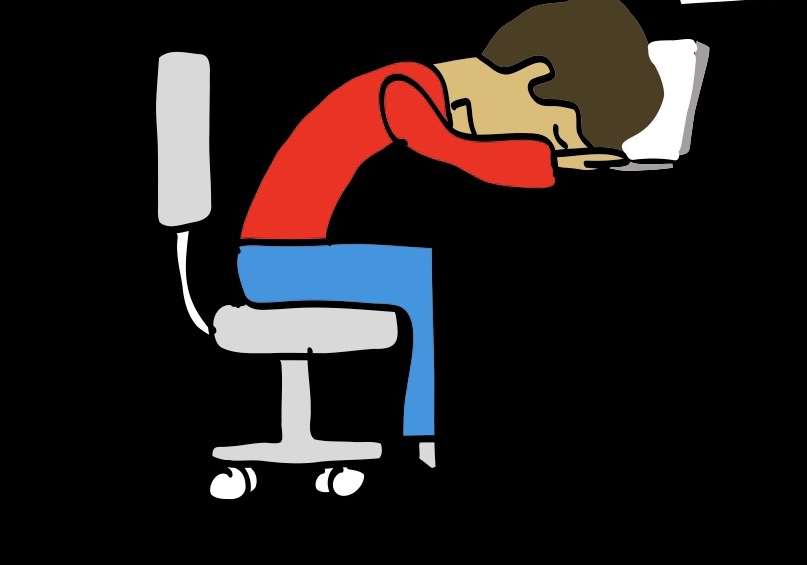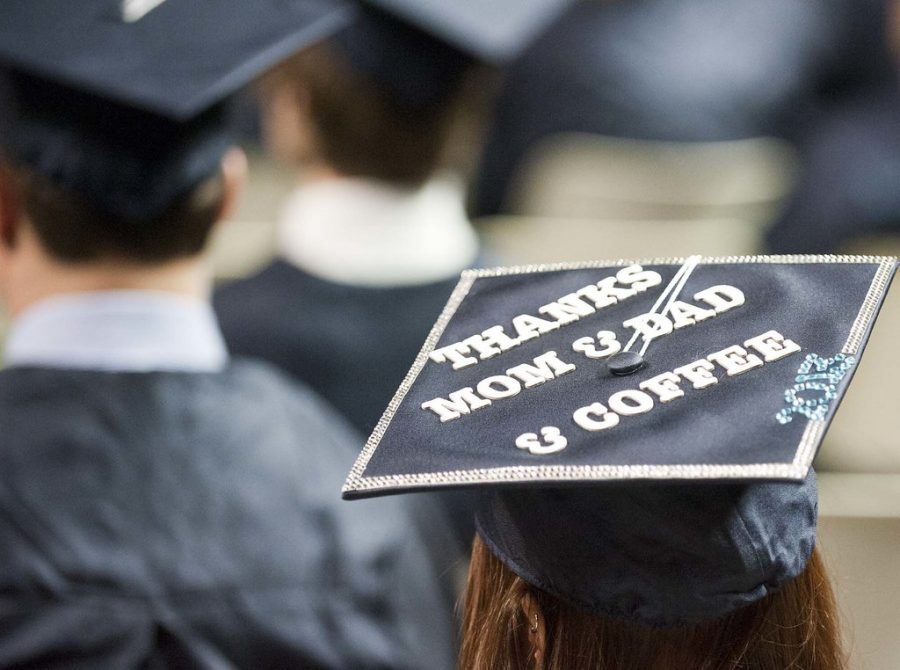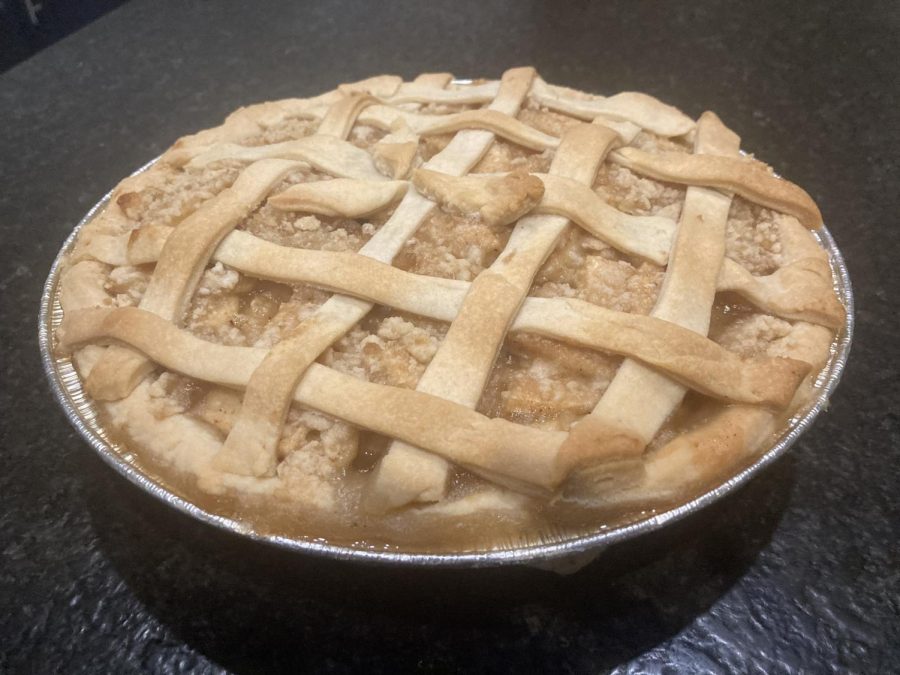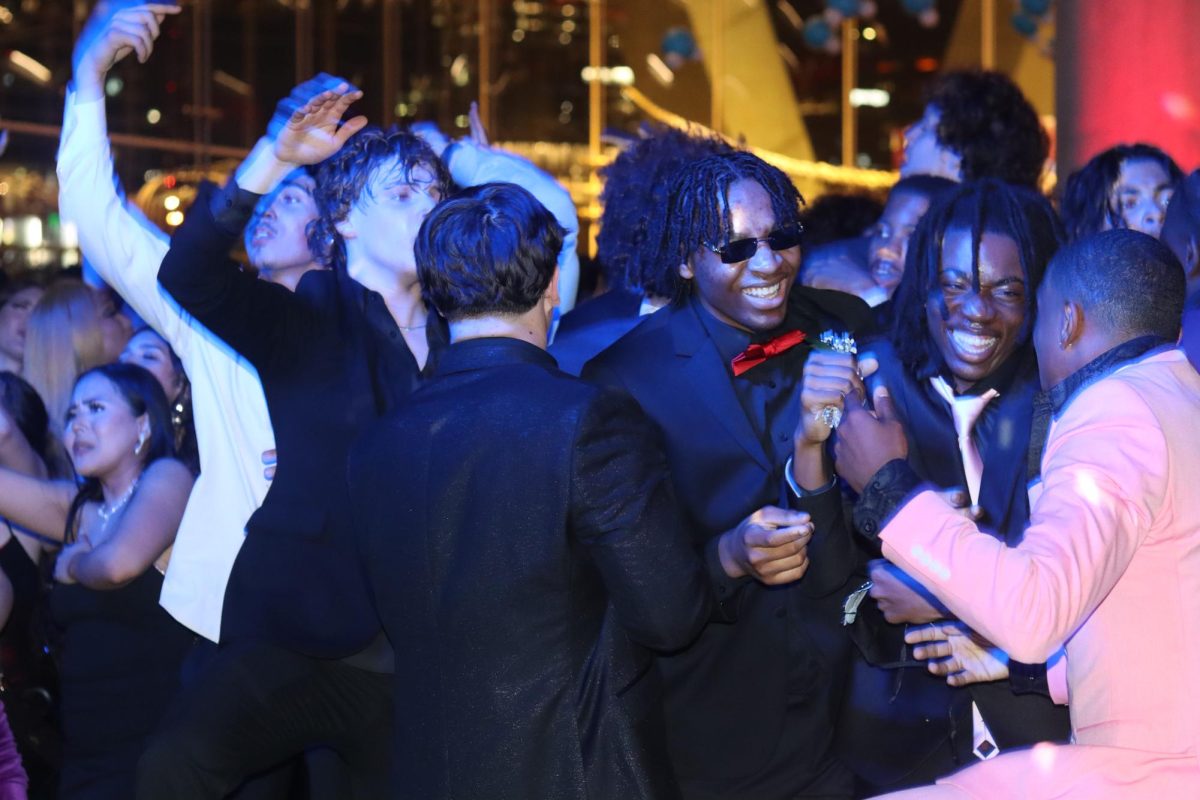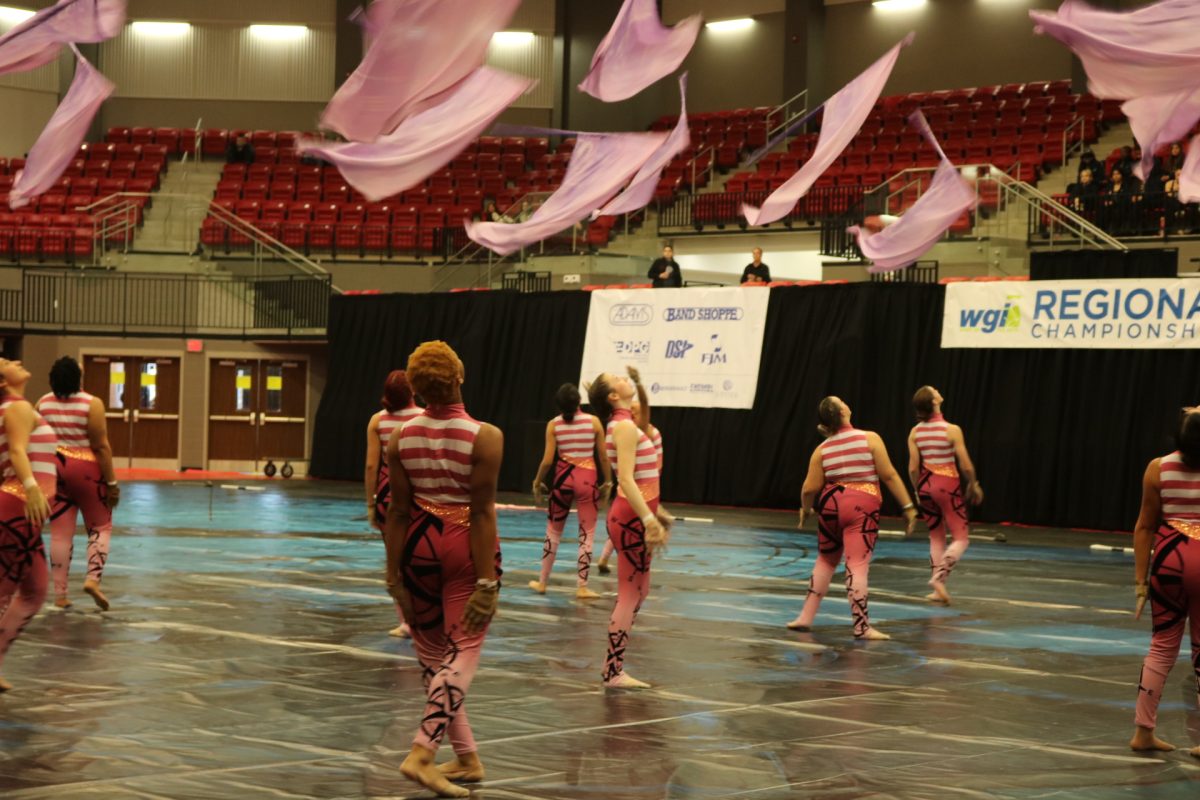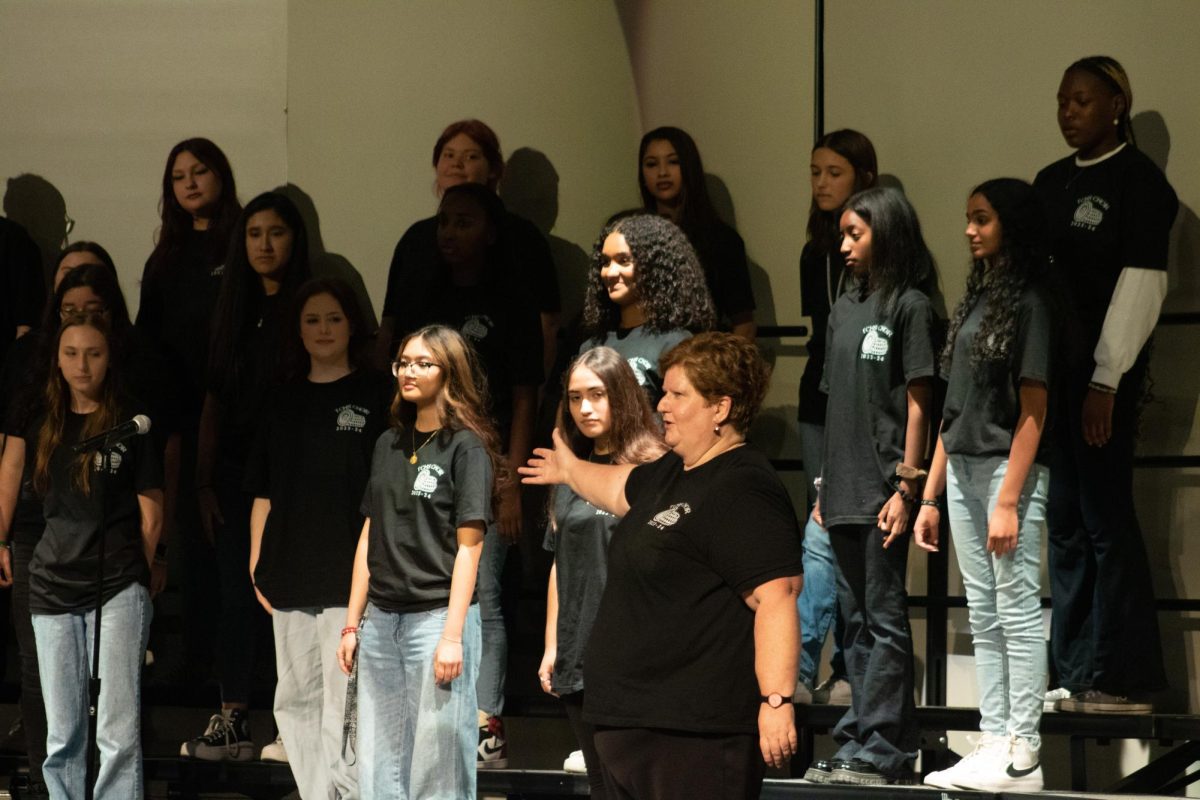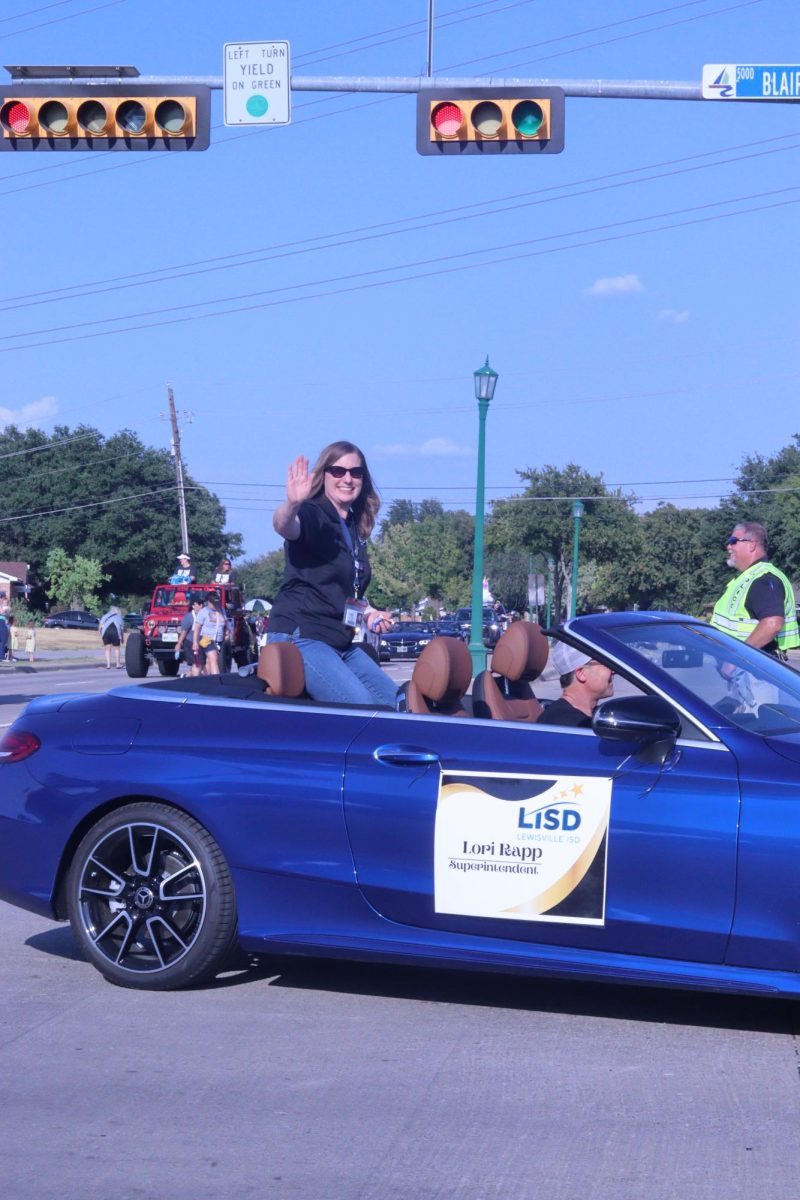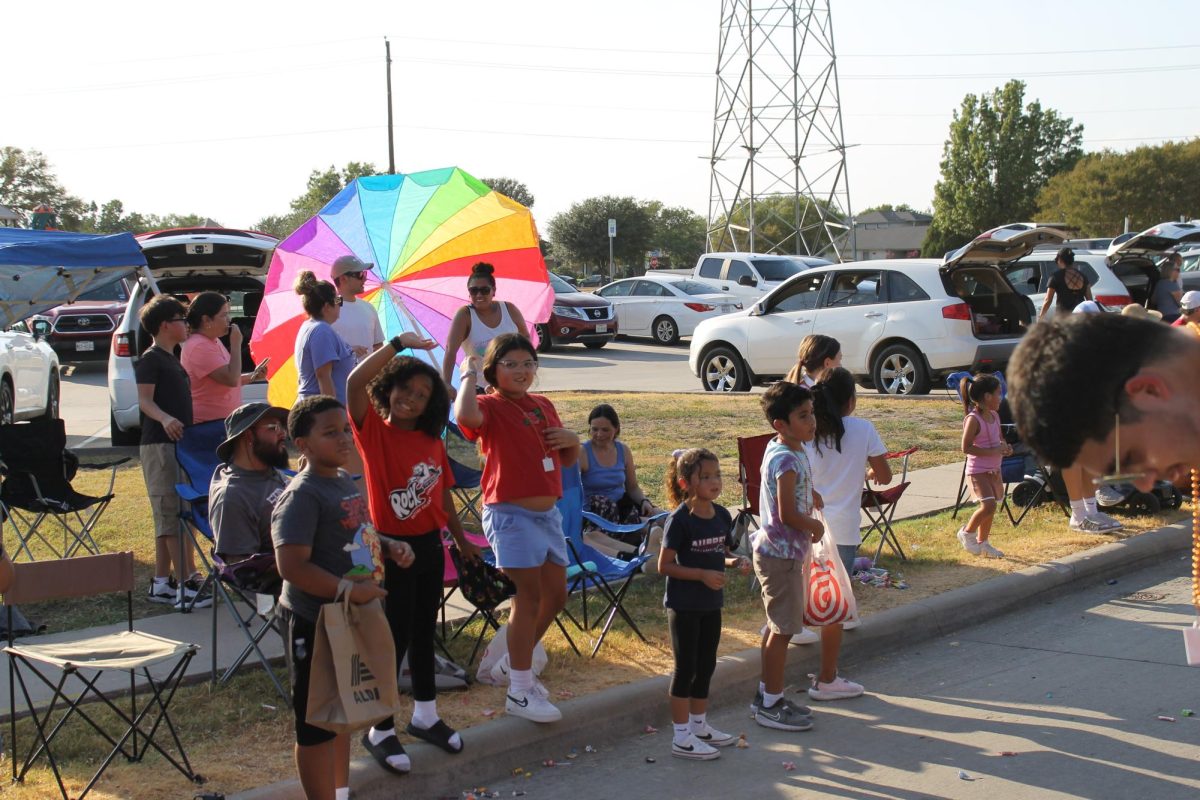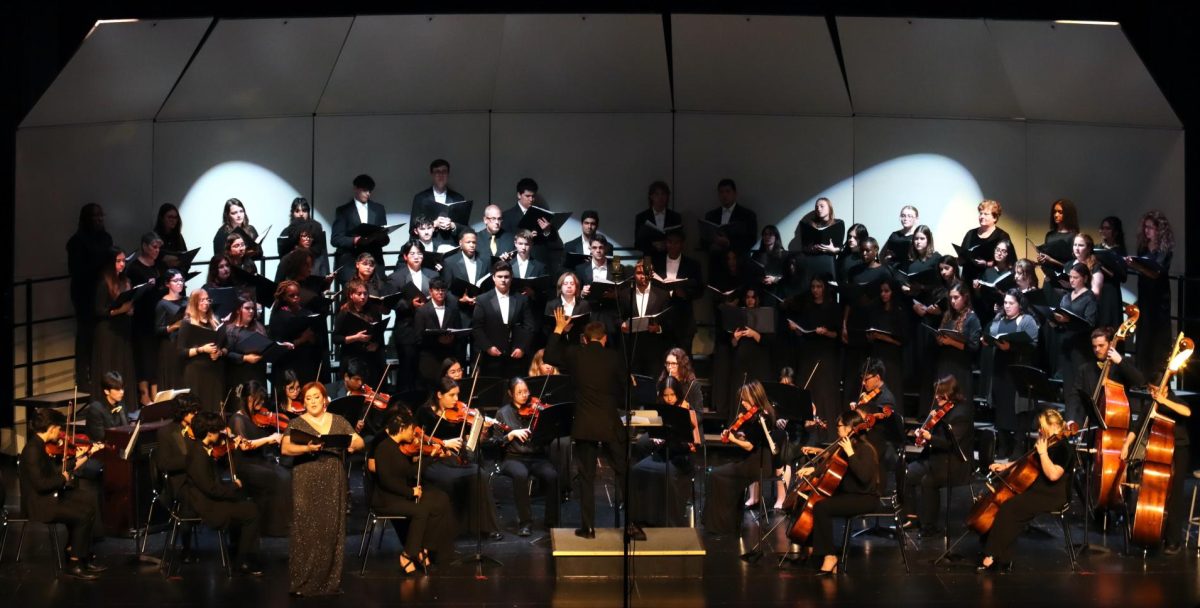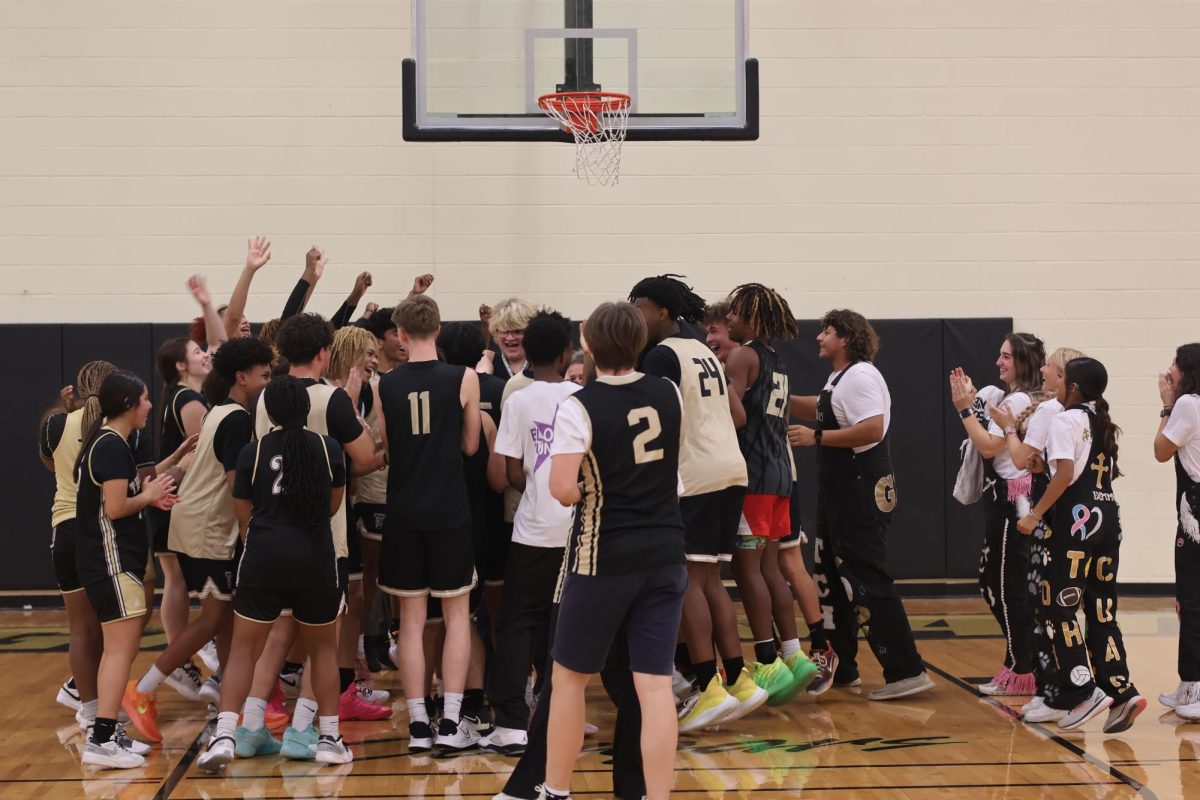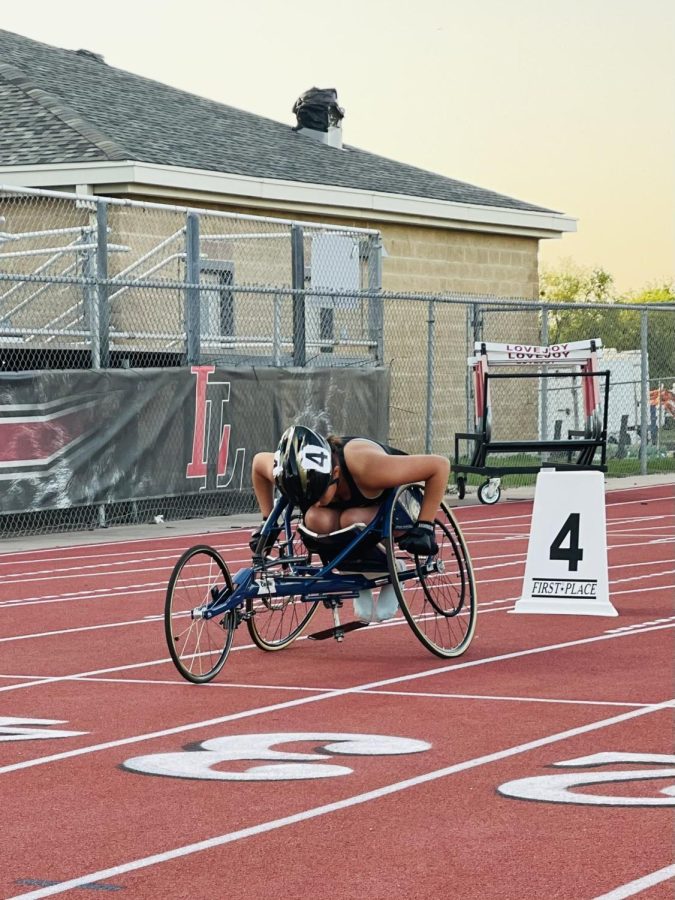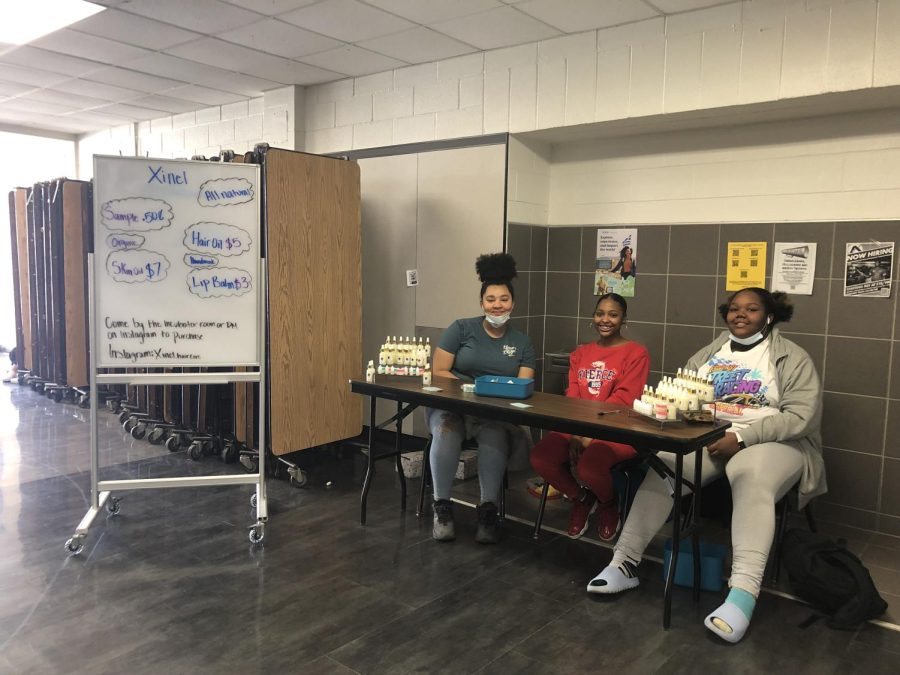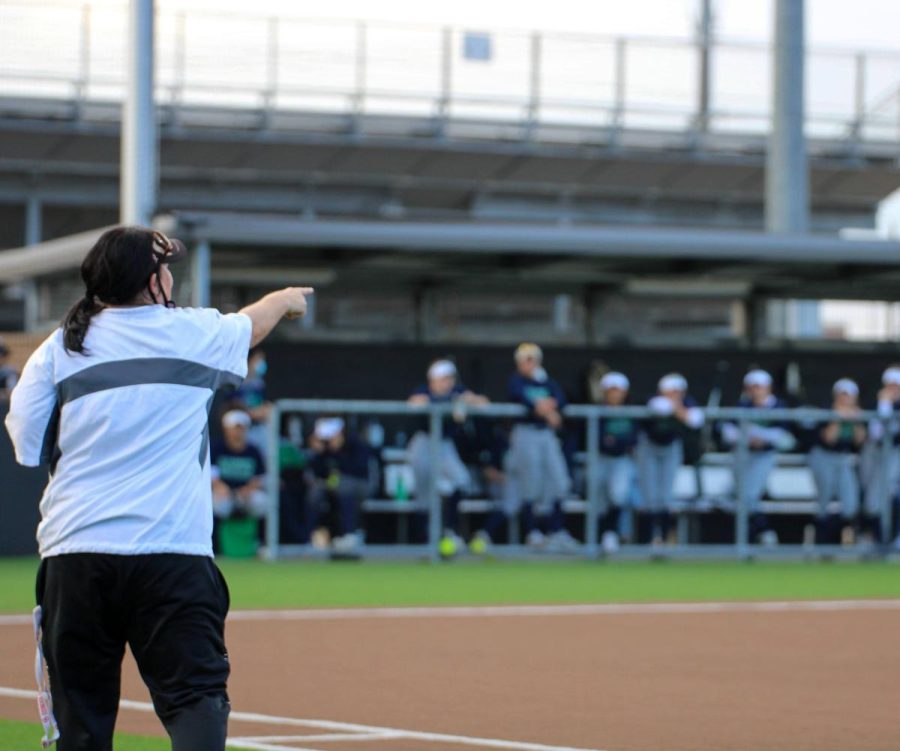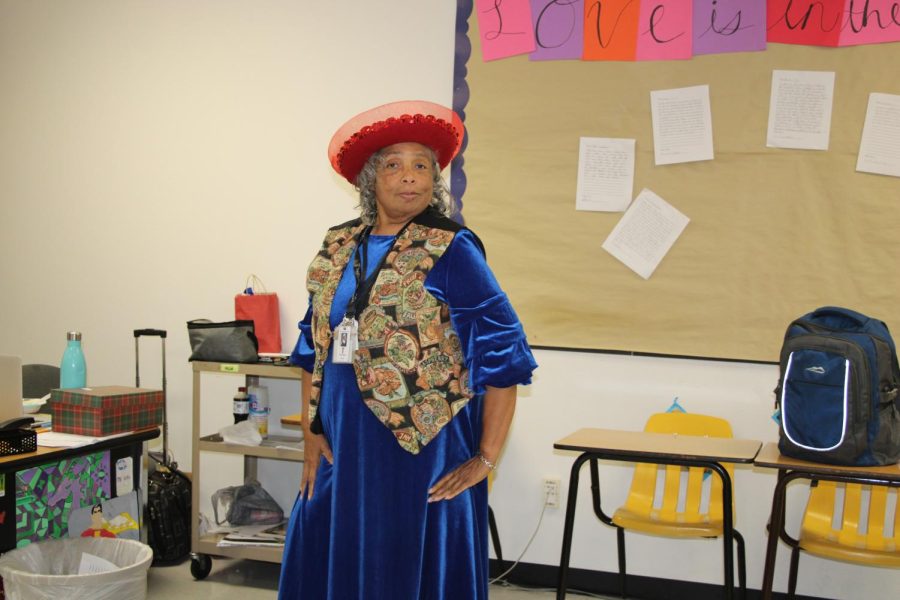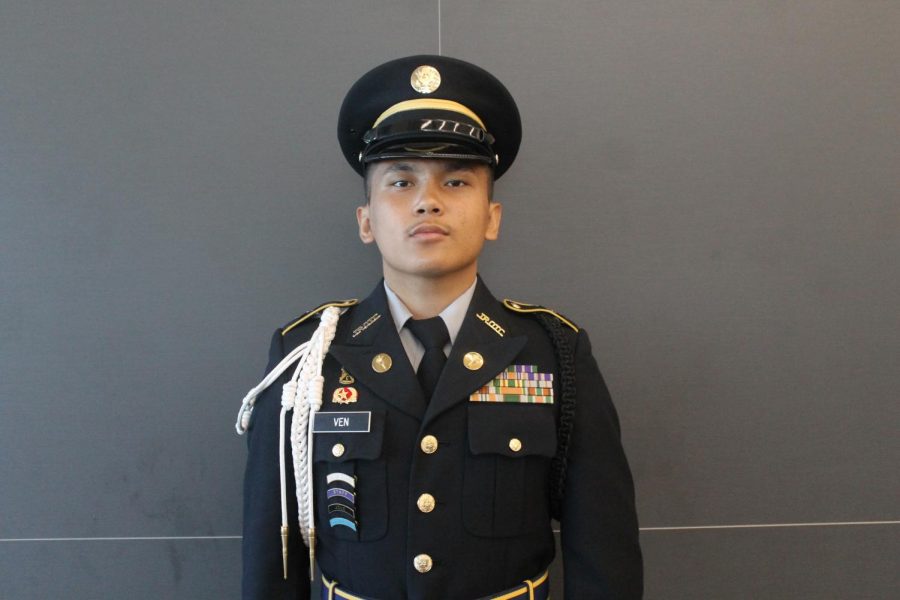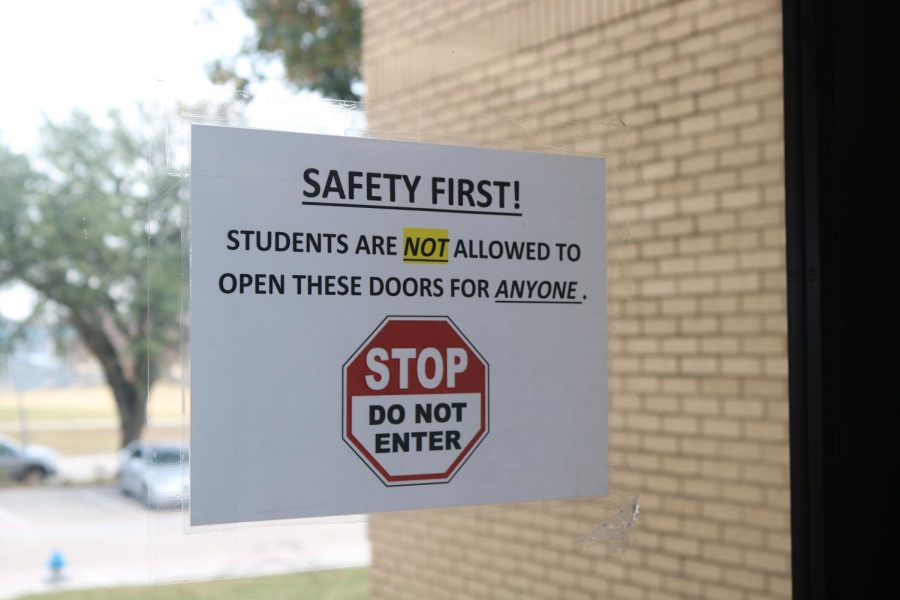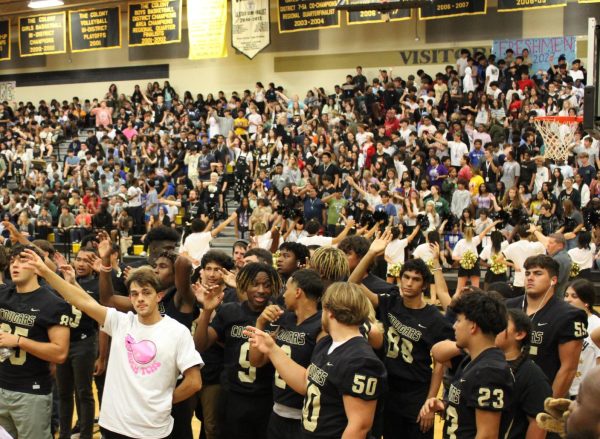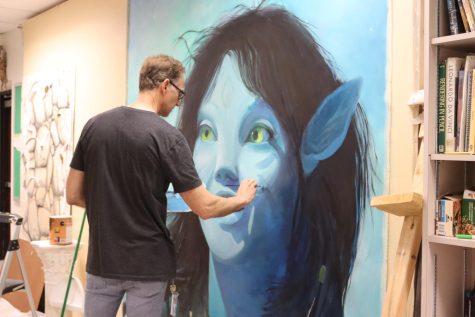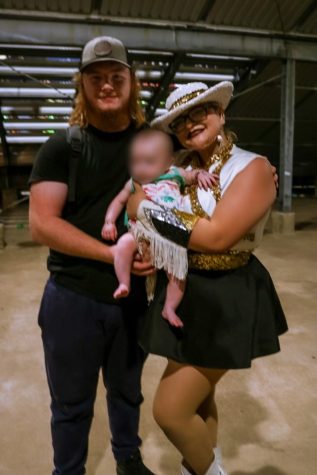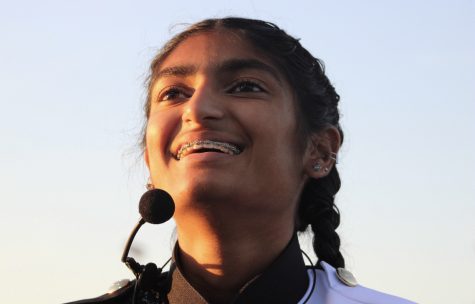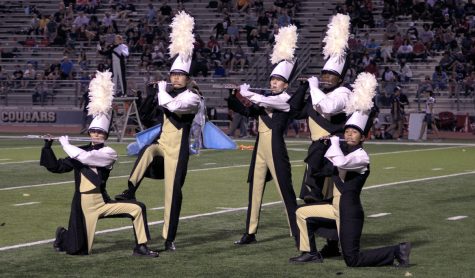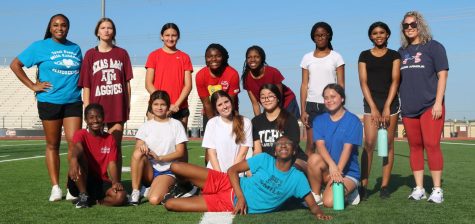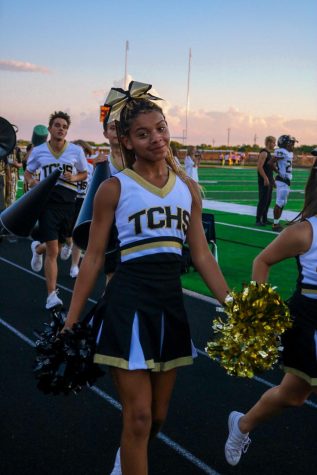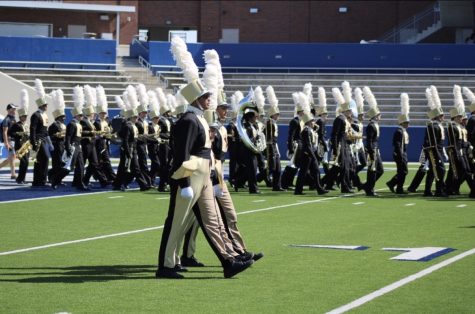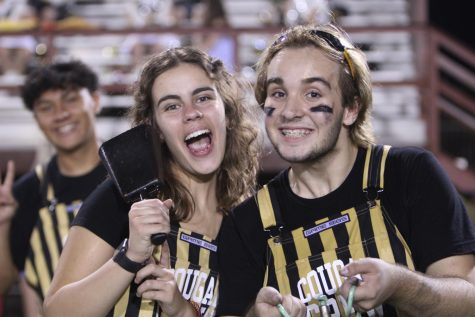Campus Works Hard to Ensure Safety
The doors are labeled for students to not open them for anyone to help keep the school safe.
You are in class working on your english assignment which is a one page essay about your hobbies and interests. You’re focused on the words on your iPad screen and thinking about what you like to do outside of school when suddenly you hear something that sounds like a firecracker go off somewhere in the hallway.
The sound is followed by a high pitched scream and your heart begins to beat faster and you begin to overthink thinking that it was a gunshot that you had just heard but as you try to slow down and rationalize your thinking you hear the beep from the intercom from above your head. The school’s principal can be heard in a panicked voice Attention students and faculty members, there is an active shooter roaming the halls please follow the lockdown procedures.
Fear flushes through your body as you hear more gunshots and you instinctively duck your head and get on the floor praying for the loud shots to come to an end, and praying that you get out of your school alive so you can return to not only your home, but your family.
Although this scene was made up, unfortunately it is the reality to some students all over the US.
A Closer Look
According to Education Week there have been 34 school shootings in 2021. That is 34 too many. The school environment was made to be full of knowledge and education not fear and sorrow.
Schools like TCHS are adamantly working hard to create a safe environment, in today’s school climate- with more and more schools receiving online threats.
Dr. Tim Baxter has been an administrator for 23 years and he says that these school shootings were not as big of a topic as it is today. Although Baxter does not blame social media specifically for the cause of shootings he believes social media increases the number of threats being made.
“Oftentimes things are put on the internet that are not accurate and that are not true and then they are liked or reposted and before long you have a situation that’s not even true that’s been blown out of proportion so much that people’s fear starts to get out,” Baxter said.
Stefanie Turner is a science teacher on campus. She is well known among students and teachers and she feels safe on campus.
“I feel safe because I understand the statistics of school shootings to be very very small,” Turner said. “I am much more likely to get hurt driving to work than I am at work so that helps me feel much more assured and I also trust most of the students that I have ever met at this school as well as the staff to do what they can to protect me.”
Turner believes that there is only so much a school can do to prevent or handle a school shooting due to how unexpected they can be and that is one reason they are so dangerous and why they scare people so much.
“Now if something were to happen during the school day I think there are plenty of procedures in place to help,” Turner said.
Mental Health
It’s time to take a look into the mental health aspect of school shootings. According to EdSource, a majority of school shooters report mental health problems such as depression and/or suicidal thoughts. As well as One in 5 young people struggle with severe mental health issues and most of these individuals experiencing mental health issues never receive treatment.
“I would like to see more support overall for mental health when it comes to students and I would definitely support more crisis counselors,” Turner said. “I feel like that’s the only thing that would truly keep the students safer than they are now.”
Many students felt safe when participating in online learning which put school shootings on a temporary hold but now that most schools are back to in person learning the fear of school shootings has lingered near.
Threats
In the past year, school threats have become more common ranging from threats made on TikTok, Twitter and other social media accounts.
In the event that a school threat is made against the school there are threat assessments from levels 1-3. The threat assessment follows students. For example, if a student were to transfer to a different school, the documentation follows to different schools. This can help prevent future threats and unnecessary fear.
Officer Omar Montemayor is the school’s Student Resource Officer. He has been a police officer for 17 years and has worked on campus for three years. Officer Montemayor is not alone on campus, Sgt. Ryan Shipp is a SWAT operator and an instructor that is very knowledgeable as far as active shooter situations and close quarters situations.
Officer Montemayor believes that past shootings have paved a way for current protocols and procedures.
“After the Parkland shooting that’s when a lot of the measures that we have today have now improved a lot of threats,” Montemayor said.
Most of these threats are made through social media platforms such as Snapchat and Instagram. Although these threats may not seem as traceable as you’d think they are easily accessed by law enforcement like officer Montemayor.
“These social media platforms like snapchat and Instagram are cooperating significantly,” Montemayor said. “I just did a search warrant for Snapchat yesterday and they are sending me all the information and cooperating.”
These threats are taken very seriously, so serious that a simple joke about a school shooting can lead to criminal charges.
“Every threat is taken seriously and things as simple as a joke can result in disciplinary action from the school and although it is a joke it is a violation of Texas law and that’s when I have to file charges and unfortunately we are seeing that a lot more,” Montemayor said. “I just read an article that a lot of kids as young as 9 making these threats have been taken into custody for just joking around about it.”
Mandatory training is held for SRO Montemayor twice a year but Sergeant Shipp does his training more often, so much as once a month. Parents of students may argue that teachers and staff should be participating in the same training as the officers, but officer Montemayor believes that there’s only so much you can do in a school setting to prevent or to have an educational guideline for active shooters.
“A lot of it is hands-on and in order to do things hands-on you have to get approval from the school district and it can be difficult because some teachers may not be comfortable with that stuff,” Montemayor said. “Whenever I do active shooter training we get shot with fake bullets so it’s real life situations and it hurts and you have to do it a lot to develop muscle memory.”
Although teachers do not participate in these extreme training officers Montemayor gives advice to teachers on what to look for in a student and how to handle these types of situations.
“I know what bad is and I can recognize when something bad is going to happen and I have a lot of experience in dealing with all that so I think that’s why I like it here because i’m able to pass on that experience and knowledge to a lot of the staff,” Montemayor said. “Overall our school campus is really really safe especially with the school administration that we have and we are pretty on top of things that get brought to our attention and that is why we have the tip line.”
Student Responsibility
Students also have responsibilities when it comes to preventing these fatal and unfortunate events.
Albert Ernst is the security officer here on campus and he explains what students can do.
“Our biggest thing is trying to get it into students’ minds to not open doors for anybody,” Ernst said. “ You don’t know why that student is trying to get in through that door. Maybe he got suspended yesterday and he’s coming back to do something, that’s why we have the signs on the doors.”
Overall Dr. Baxter believes that the procedures that are put into place are very good and wants students to know that student safety is his number one priority and that is the first thing he thinks of when making a decision.
“I want students to know that they can come to me or any administrator if they are ever worried about anything,” Baxter said.

